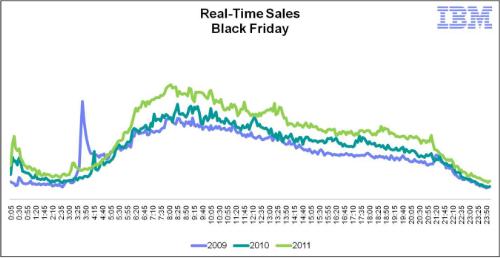Long term strategic planning is one of the most important tasks a business executive must perform. Properly determining market direction can mean the difference between becoming number 1 or edging on the precipice of bankruptcy.
There are 5 distinct generations alive today in the United States.
The GI Generation
This group of the population was born between 1905 to 1924 and at one time accounted for as much as 57 million live births in the USA. This number has now dwindled to less than 5 million. This generation lived through a World War and the Great Depression.
Considering the age of this population, it may not be the best investment of your marketing dollars.
The Silent Generation
Generation waves are classified by their numbers and more large ones are followed by smaller less important (from a marketing perspective) ones. The smaller ones generally adopt many of the characteristics of the previous stronger generation.
This group was born between 1925 and 1944 with an estimated 52.5 million live births in the USA. A rather small group, they adopted many of the characteristics of the GI Generation including art, music, attire and culture.
This generation lived modestly and believed in the value of saving. This group lived during a growth spurt of the economy and experienced very little unemployment.
Companies have successfully markete dto this generation by offering products/services that allow them to maintain their independence longer. This group does not have a fear of aging but would rather not be infirm or reliant on their kids.
The Baby Boomers
The Boomers were born between 1945 and 1964 with approximately 78 million live births (with the peak being from 1957-1961). We all know that they had different ideas from the previous generation and as such developed their own music, art, attire and culture. They believe that they can change the world.
Boomers born in the peak are now around 50 years old and we know that individual spending tends to shrink at this age. They may be a good group to market to because of their numbers. Ideal would be products or services that:
- Make their lives easier
- Save them time
- Feel genuine (not like the establishment is trying to rip them off).
They respond well to traditional marketing mediums such as radio, TV, newspapers, billboards, magazines and direct mail. Your message must be simple and the typeface should be larger.
We know that 40% of boomers are overweight and like everyone else will respond positively to possible solutions. This generation experimented with all kinds of drugs and would rather treat an ailment with a natural products rather than conventional medicine.
Although many will reduce their consumption as they pass the 50 year mark, they are not prepared to give up on the comforts they have become accustomed to.
Generation X
Members of this generation were born between 1965 and 1984 with an estimated 69 million live births in the USA. This is a smaller generation that followed the boomers and most in this category want to “break the mold” and “change the world”.
The boomers consider most GenXers underachievers. As a smaller group, they adopted much from The Boomers such as art, culture, music, etc. The main fiscal concern economists have is that this generation will not be able to support the huge fiscal burden of paying for local, state and federal governments [on their own].
Companies are facing a particular challenge filling their critical senior positions with GenXers because of their small numbers. When the boomers retire, many expect a huge workforce shortage for senior positions.
Many marketers specifically targeting this generation are disappointed because their small numbers result in smaller sales. Unlike the Boomers, this generation does not respond to traditional marketing mediums. Your best bet is to leverage the power of the Internet and try to target them. A caveat here... Some marketers I know disagree with this statement and believe TV may still be effective for this generation but I’ll let you be the judge ;-)
Generation Y
This is a new generation and we are still discovering their characteristics. The first batch of them are now entering adulthood and the indication is that they share little with their previous generation. They have their own interests.
By the end of 2010, they are expected to number in the 100 million range.
From a numbers perspective, they outnumber Generation X and are also expected to easily pass the Boomer generation. As a marketer, you have to realize that even though their numbers are large, we won’t really see the impact of their spending until they reach the Boomers’ income level.
They are a marketers dream because they seem to be spending at a rate of 5 times that of the Boomers (in adjusted dollars). We expect a large number of them to be unemployed leading to potentially more crime. The burden of unemployment will lead many to entrepreneurship.
We know that many will own homes because of higher paying tech jobs, successful business or help from their Boomer parents. They are green “fanatics” and many believe this will be their legacy.
Most generational specialists believe that the Generation Y spending rate will grow with their age thus setting new sales records. They are willing to spend more money on expensive items (think Ipad, iPhone, cameras, etc).
Analysis of this group shows that you will have to tie your product/service to a green or humanitarian story, in order to be successful with this group. This is the most technologically astute generation thus far and they have an uncanny ability to discover “fakers”. Some generational specialists have gone as far as claiming that this generation may be trouble for poorly made Chinese products manufactured using “slave” labour.
Their use of the Internet is fragmented and targeting them will be difficult. They do not respond to traditional media. One particularity of this group is their love for “snail mail” and coupons.
